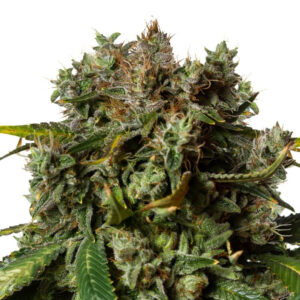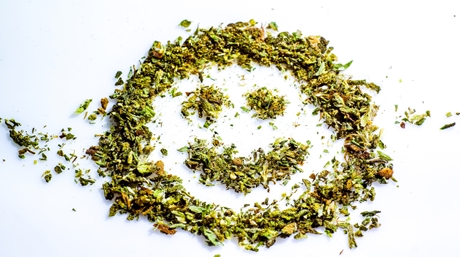When someone consumes marijuana, the experience can vary greatly depending on a range of factors such as the person’s mood, their environment, and their tolerance. Despite its reputation as a “soft” drug, the effects of marijuana can be unpredictable and differ significantly from one individual to another.
Two major factors that determine how marijuana will affect someone are the “set” and “setting.” The “set” refers to the individual’s state of mind or emotional state when they use the drug. For example, if someone is anxious, paranoid, or in a negative mindset, they may experience an intensified negative effect. On the other hand, a positive or relaxed state of mind can result in a more pleasurable experience. The “setting” refers to the person’s environment during their marijuana use. Being in a safe, comfortable place surrounded by friends is more likely to lead to a positive experience, while an unfamiliar or threatening environment can contribute to a more uncomfortable high.
One of the most commonly reported effects of marijuana is altered sensory perception. While cannabis doesn’t typically cause full-blown hallucinations, it can make familiar sights and sounds seem different or exaggerated. For instance, users may find that everyday objects look strange or amusing, and colors may appear more vibrant. Similarly, people’s faces can seem unfamiliar, even comical, which often leads to laughter or heightened amusement.
Another common experience is enhanced appreciation for art or aesthetics. Many users report that music sounds better, food tastes more flavorful, and their sense of touch is heightened. This can result in a phenomenon known as the “munchies,” where users eat more than usual, often consuming unusual combinations of food that they wouldn’t normally eat, like chocolate with pickles.
Marijuana often heightens sensory enjoyment, especially in terms of taste and sound. Music can sound more intricate or emotional, and people often report spending hours simply enjoying the rhythms and melodies while under the influence. This heightened appreciation for music can turn a simple playlist into a profound, immersive experience.
The sense of taste can also become more intense. Many marijuana users find that food tastes exceptionally good when they’re high. The “munchies” are a well-known side effect, with individuals frequently consuming large quantities of food. This might include odd or humorous food combinations that seem surprisingly delicious at the moment.
Marijuana also tends to amplify the user’s mood. For example, if someone is in a happy, relaxed mood, their high will likely reflect that positivity, making the experience enjoyable and pleasant. However, if they are in a bad mood or feeling stressed, marijuana can enhance those negative feelings, potentially leading to anxiety or paranoia.
Some users report an enhanced connection with their emotions and introspective thoughts while high, making them feel more in tune with themselves. This can be a therapeutic experience for some, while for others, it can trigger overwhelming emotions or anxiety.
The experience of being high on marijuana is largely shaped by a person’s mindset, their environment, and the sensory changes that marijuana induces. For many, it can be an enjoyable, euphoric experience, with heightened senses and relaxation. However, it’s important to remember that cannabis affects everyone differently, and the effects can range from pleasant to uncomfortable depending on various factors. Ultimately, the unpredictability of the marijuana high makes it essential for users to approach it with caution and mindfulness of their surroundings and mental state.
Marijuana enhances the sense of taste and often leads to an increased appetite, resulting in what's commonly known as the "munchies." This effect makes food taste exceptionally good, leading users to eat more than usual.
No, marijuana does not typically produce full hallucinations. However, it can alter sensory perceptions, making familiar sights, sounds, and experiences seem different or more intense.
The emotional state of a person (known as the "set") plays a significant role in shaping their experience. If a user is happy or relaxed, they are likely to have a more enjoyable high, whereas anxiety or stress may lead to a negative experience.
[magento_products id=”191,186,185,183″]













Related Posts

When it comes to cultivating cannabis, finding affordable yet high-quality marijuana seeds can be a game-changer. Whether you’re a seasoned grower or a beginner, this comprehensive guide will walk you through everything you need to know about cheap marijuana seeds.

Kief, often referred to as cannabis crystals, consists of weed trichomes separated from cannabis flowers using a fine mesh sieve.

There are a number of ways to increase the high that you get from marijuana. Unlike alcohol, marijuana has a point where you are no longer able to feel the effects. There seems to be a very low limit to how high you can actually get from cannabis.